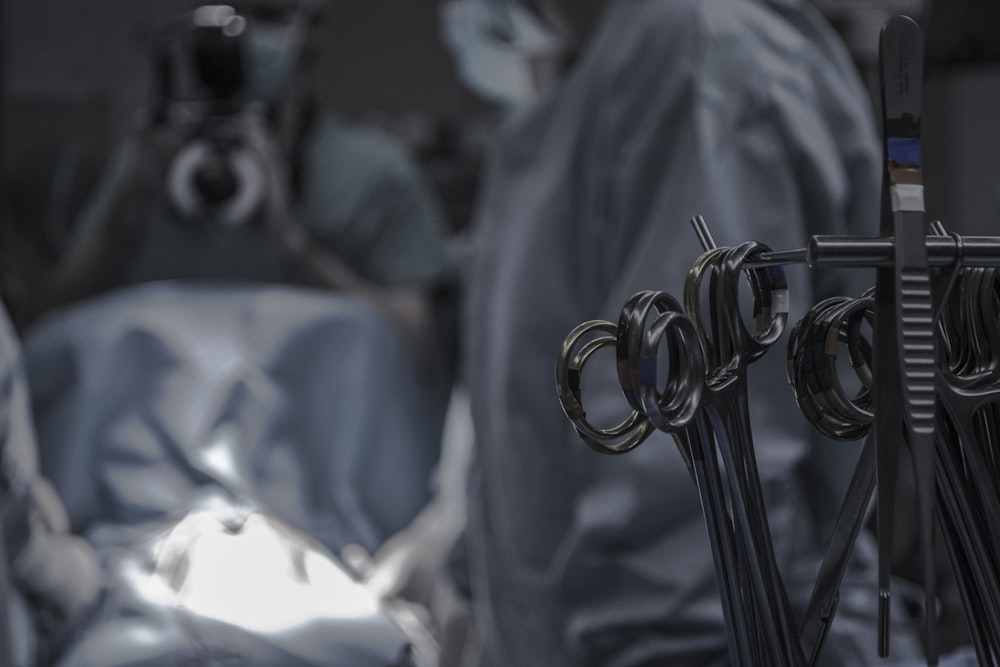目次
人工膝関節全置換術後の足部痛
人工膝関節全置換術後に足部痛を訴えるクライアントも多いです.
術前後のアライメント変化によって足部へのメカニカルストレスが増加し,足部痛を発症する場合が多いわけですが,この足部痛が長引く場合も多いです.
今回は人工膝関節全置換術後の足部痛を考えるうえで参考になる論文をご紹介させていただきます.

今回ご紹介する論文
Bone Joint J. 2023 Nov 1;105-B(11):1159-1167. doi: 10.1302/0301-620X.105B11.BJJ-2023-0419.R1.
Increased ankle pain after total knee arthroplasty is associated with a preoperative lateralized gait and talar tilt, but not with ankle laxity or the range of motion of the subtalar joint
Marlene Rühling 1, Stephanie M Kirschbaum 1, Carsten Perka 1, Frank Graef 1
Affiliations expand
PMID: 37907076 DOI: 10.1302/0301-620X.105B11.BJJ-2023-0419.R1
今回ご紹介する論文は2023年に掲載された論文です.
研究の目的
Aims: Total knee arthroplasty (TKA) may provoke ankle symptoms. The aim of this study was to validate the impact of the preoperative mechanical tibiofemoral angle (mTFA), the talar tilt (TT) on ankle symptoms after TKA, and assess changes in the range of motion (ROM) of the subtalar joint, foot posture, and ankle laxity.
人工膝関節全置換術(TKA)は足関節症状を誘発する可能性があります.
この研究では術前の機械的脛骨大腿角(mTFA),距骨傾斜(TT)がTKA後の足関節症状に与える影響を検証し,距骨下関節可動域(ROM),足の姿勢,足関節の弛緩の変化を評価することを目的としております.
研究の方法
Methods: Patients who underwent TKA from September 2020 to September 2021 were prospectively included. Inclusion criteria were primary end-stage osteoarthritis (Kellgren-Lawrence stage IV) of the knee. Exclusion criteria were missed follow-up visit, post-traumatic pathologies of the foot, and neurological disorders. Radiological angles measured included the mTFA, hindfoot alignment view angle, and TT. The Foot Function Index (FFI) score was assessed. Gait analyses were conducted to measure mediolateral changes of the gait line and ankle laxity was tested using an ankle arthrometer. All parameters were acquired one week pre- and three months postoperatively.
2020年9月から2021年9月までにTKAを受けた症例を前向きに調査しております.
取込基準は,一次性末期変形性膝関節症(Kellgren-Lawrence病期IV)としております.
除外基準はフォローアップ受診の欠席,足の外傷後病態,神経障害としております.
測定した放射線学的角度にはmTFA,後足部アライメントビュー角度,距骨傾斜が含まれております.
足部機能指数(FFI)スコアを評価しております.
歩行分析では歩行ラインの縦方向の変化を測定し,足関節弛緩は足関節計を用いて検査しております.
すべてのパラメータは術前1週間と術後3ヵ月に取得しております.
研究の結果
Results: A total of 69 patients (varus n = 45; valgus n = 24) underwent TKA and completed the postoperative follow-up visit. Of these, 16 patients (23.2%) reported the onset or progression of ankle symptoms. Varus patients with increased ankle symptoms after TKA had a significantly higher pre- and postoperative TT. Valgus patients with ankle symptoms after TKA showed a pathologically lateralized gait line which could not be corrected through TKA. Patients who reported increased ankle pain neither had a decreased ROM of the subtalar joint nor increased ankle laxity following TKA. The preoperative mTFA did not correlate with the postoperative FFI (r = 0.037; p = 0.759).
合計69例の症例(内反:45名,外反:24名)がTKAを受け,術後経過観察を行っております.
このうち16例(23.2%)で足関節症状の発現または進行しております.
TKA後に足関節の症状が増悪した内反症例は,術前・術後の距骨傾斜が有意に高い結果でありました.
TKA後に足部症状を訴えた外反症例は,TKAでは矯正できない病的な側方化した歩行ラインを示しました.
足部痛が増加したと報告した症例では,TKA後に距骨下関節のROMが減少したり,足関節の弛緩性が増加することはありませんでした.
術前のmTFAは術後の足部機能指数とは相関しませんでした(r = 0.037; p = 0.759).
研究の結論
Conclusion: Approximately one-quarter of the patients developed ankle pain after TKA. If patients complain about ankle symptoms after TKA, standing radiographs of the ankle and a gait analysis could help in detecting a malaligned TT or a pathological gait.
症例の約4分の1がTKA後に足関節痛を発症しておりました.
TKA後に足部症状を訴えた場合,足首の立位X線写真と歩行分析が,距骨傾斜のマルアライメントや病的な歩行の発見に役立つ可能性があります.
今回は人工膝関節全置換術後の足部痛を考えるうえで参考になる論文をご紹介させていただきました.
今回の結果から考えると人工膝関節全置換術後に足部痛が出現した場合には距骨傾斜と歩行分析を丁寧に評価することが有益でしょうね.






